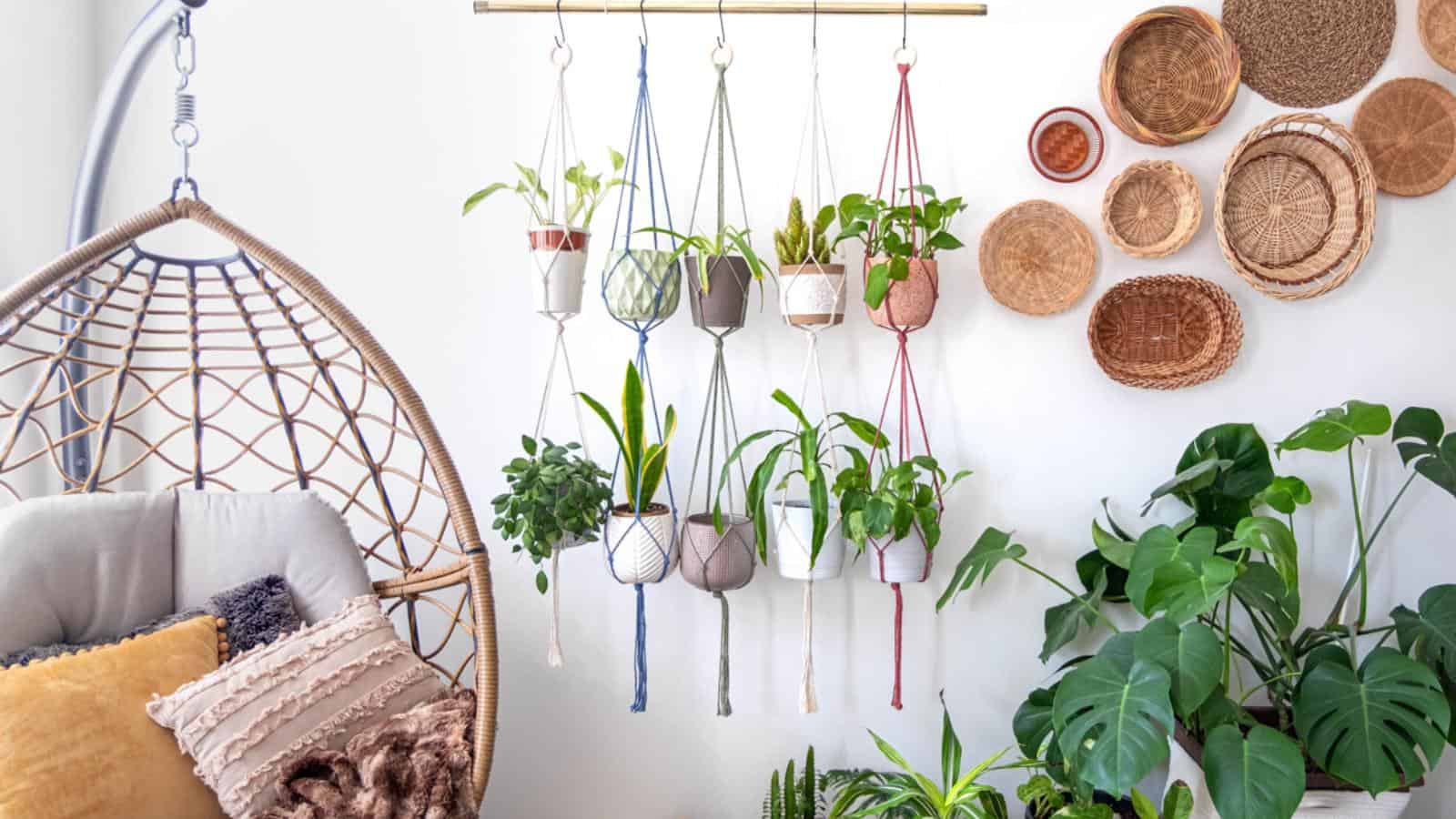Vertical gardening is an innovative way to grow plants in small spaces, making it ideal for urban environments and homes with limited yard space. By using vertical surfaces, you can maximize your gardening area and create a visually appealing green space.

Choosing the Right Location
Sunlight Requirements
Select a location that receives adequate sunlight for the plants you intend to grow. Most vegetables and flowers need at least 6 hours of direct sunlight per day, while some herbs and leafy greens can tolerate partial shade.
Accessibility
Ensure that the location is easily accessible for planting, watering, and maintenance. Consider placing your vertical garden near a water source to simplify watering.
Selecting the Structure
Wall-Mounted Planters
Wall-mounted planters are a popular option for vertical gardens. They can be attached to walls, fences, or other vertical surfaces, allowing you to grow a variety of plants in a small area.
Trellises and Arbors
Trellises and arbors provide support for climbing plants like beans, peas, and tomatoes. These structures can be placed against walls or used as standalone features in your garden.
Pallet Gardens
Recycled pallets can be transformed into vertical planters. Secure the pallets to a wall or fence, fill them with soil, and plant herbs, flowers, or small vegetables in the spaces between the slats.
Choosing the Right Plants
Climbers and Vines
Climbing plants and vines are perfect for vertical gardens. They naturally grow upwards and can be trained to cover trellises, arbors, and other structures. Examples include cucumbers, beans, peas, and climbing roses.
Compact Varieties
Choose compact and dwarf varieties of vegetables and flowers that are well-suited to small spaces. Herbs like basil, parsley, and mint, as well as vegetables like cherry tomatoes and lettuce, are excellent choices.
Succulents and Ferns
Succulents and ferns are ideal for vertical gardens because they require minimal soil and can thrive in shallow containers. They also add texture and visual interest to your vertical garden.
Building Your Vertical Garden
Preparing the Structure
Secure your chosen structure to the wall or vertical surface, ensuring it is stable and can support the weight of the soil and plants. If using a pallet, line the back and sides with landscape fabric to hold the soil in place.
Planting
Fill the containers or pockets with a high-quality potting mix suitable for the plants you are growing. Arrange the plants according to their sunlight and water needs, placing taller plants at the top and smaller plants at the bottom.
Watering and Maintenance
Water your vertical garden regularly, ensuring that all plants receive adequate moisture. Consider installing a drip irrigation system to simplify watering. Monitor your plants for pests and diseases, and prune or replace plants as needed to keep your garden healthy and vibrant.
